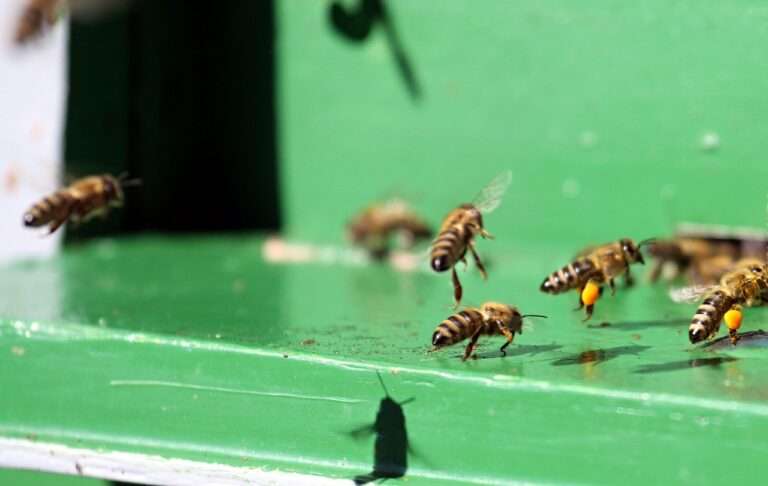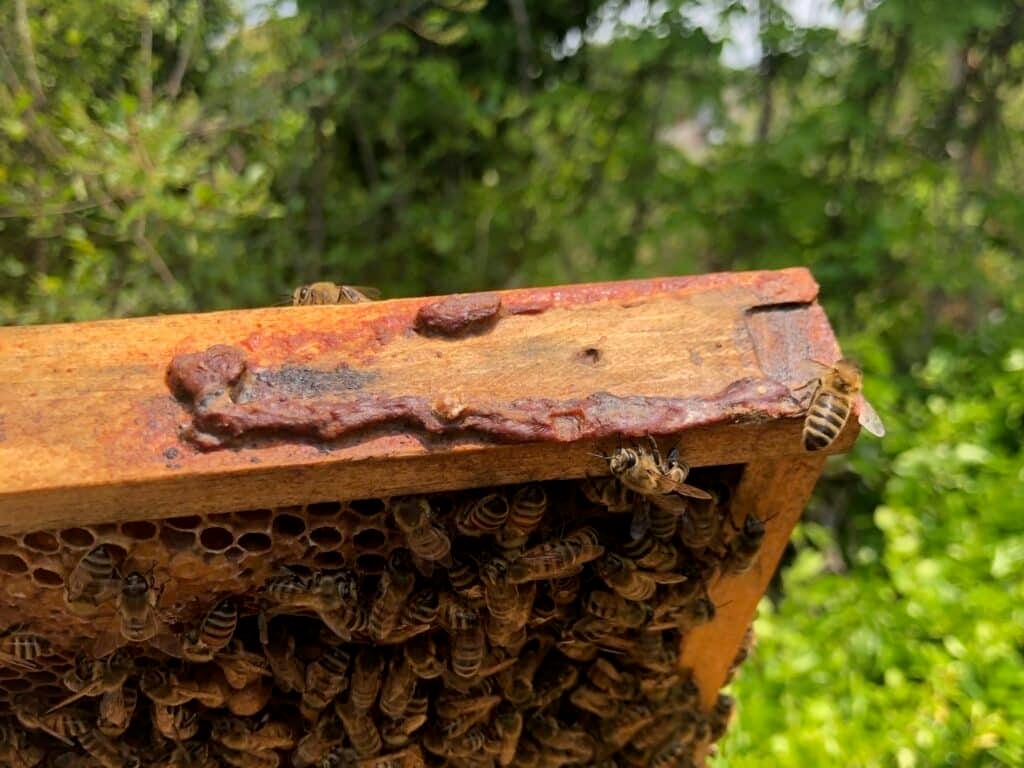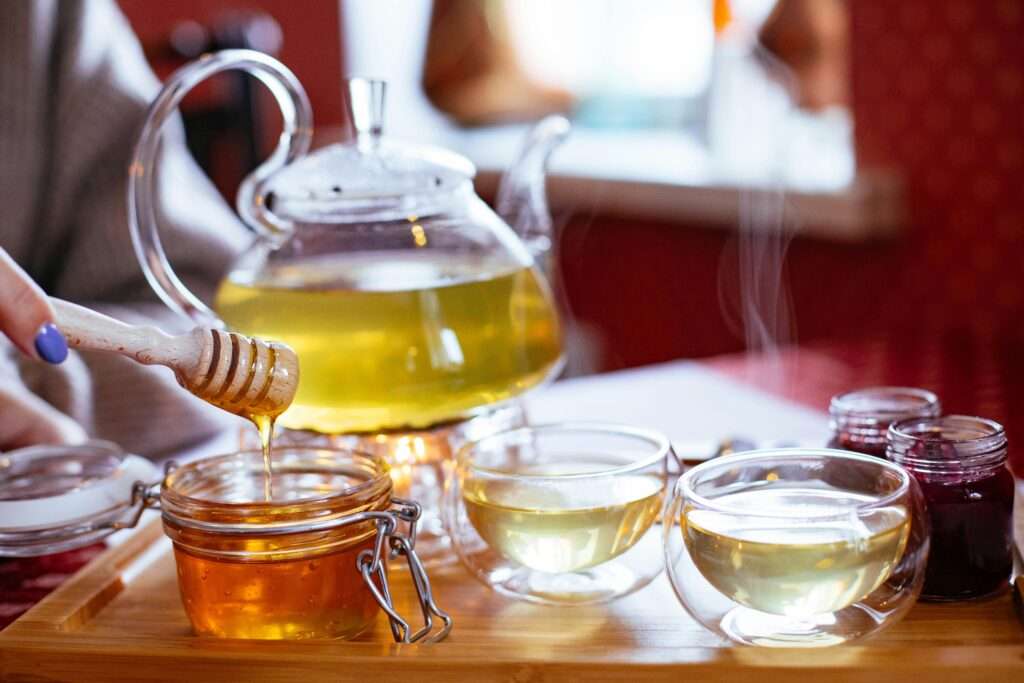How does the placement of a pollen trap affect bee health and collection?
The placement of a pollen trap has a significant impact on both bee health and the effectiveness of pollen collection. Here’s how placement factors come into play:
1. Trap Location (Entrance, Bottom, or Top)
- Entrance Traps:
- Mounted at the main hive entrance; all foraging bees are funneled through the trap.
- Generally gentle on bees when properly sized and installed, but if left on for long periods, may decrease brood rearing due to reduced pollen intake for the colony[1][2][3].
- Can cause physical congestion if the opening is too narrow, impeding forager movement and even slightly reducing honey production by acting as a barrier[2].
- Bottom/Top-Mounted Traps (e.g., Sundance):
- Placed below or above brood chambers.
- Offer cleaner pollen and allow easier access for beekeepers for harvesting, with minimal disturbance to bees if designed well[1].
- Must be installed so there are no alternative un-trapped entrances; otherwise, efficiency drops.
2. Duration & Timing of Use
- Traps should be used during periods of pollen abundance and not during heavy brood-rearing or pollen dearth, as sustained reduction of incoming pollen can negatively impact colony growth and brood health[1][2][3].
- Short-term trapping during high pollen flow has not been shown to negatively affect brood production or colony health, but long-term or continuous trapping can cause nutritional stress, reduce brood rearing, and result in smaller or less healthy bees[2][3].
3. Pollen Trap Efficiency
- The effectiveness of pollen collection is dependent on trap design and placement. Well-placed, efficient traps typically only remove 30-43% of incoming pollen, ensuring enough is left for the bees’ needs[1][2].
- Some losses in honey production can occur if bee traffic is impeded by the physical presence of the trap, regardless of whether it is actively collecting pollen[2].
4. Health Considerations
- Proper trap placement is critical—if pollen intake drops too low, bees may struggle with brood nutrition, decreasing colony health and potentially reducing bee longevity and immune function[2][3].
- Traps should never be used if the colony is facing viral or disease pressure, as stress may increase relapse or transmission of pathogens[4].
Best Practices
- Place traps so all returning foragers must pass through, but avoid blocking too much pollen (reduce use or alternate between weeks or hives).
- Remove or disengage traps before the last nectar/pollen flow so colonies can build reserves for winter.
- Never trap pollen from every hive at once—rotate to preserve the health of the apiary[1][2].
In summary:
The placement and use of pollen traps should be carefully managed:
Entrance-mounted or bottom/top traps are effective if well-designed, but both bee health and pollen yield depend on only moderate trapping, proper timing (not during nutritional stress periods), and ensuring the colony always retains enough pollen for brood and winter stores[1][2][3].
⁂



